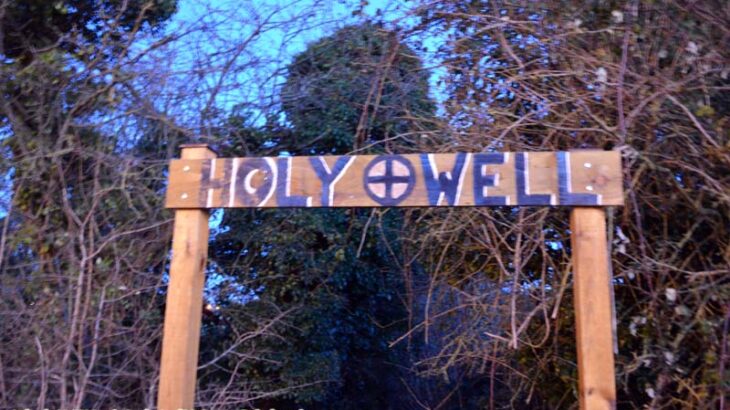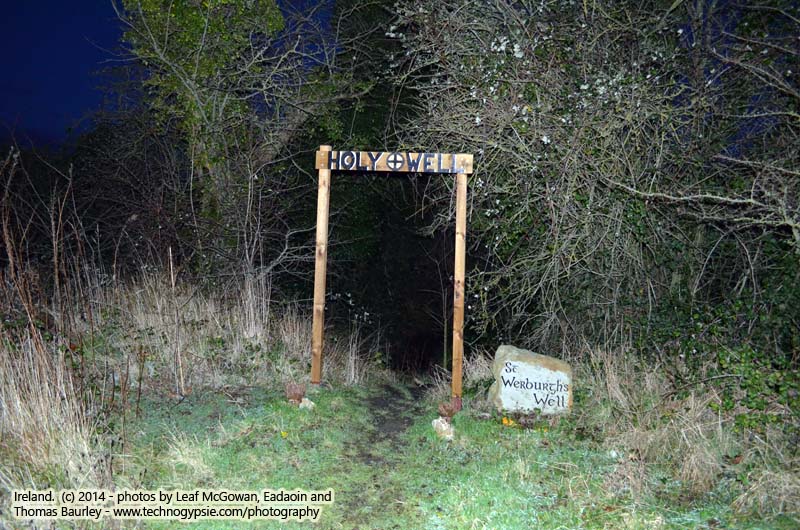
St Werburth’s Well
Finlay/Swords/Dublin, Ireland
A well found just down the slope from the Kellogg company in the Finlay/Swords area of Dublin county. Just beside the Airside retail park in the holy well section. Believed to be a relatively newer designated holy well, it has a Facebook fan page and is named after St. Werburth, a Saxon princess who ruled in these parts during 689 C.E. Clootie trees, rag trees, offerings, statues, trinkets, and a visitor pouch welcome visitors who walk past a professional carved stone and archway down to the little springs.
Saint Werburth, Werburh, Waerburh, Werburga, or Werburgh was an Anglo-Saxon princess who became known throughout England as a Saint and later became the Patron Saint of Chester. Her date of celebration and feast is each February 3rd, just after St. Brigid. She was stated to have been born in Stone (Staffordshire, England) to King Wulfhere of Mercia (Christian son of the Pagan King Penda of Mercia)and Queen Saint Ermenilda (daughter of the King of Kent). Her great aunt Etheldreda (former queen of North Umbria) founded the Abbey of Ely which Werburgh was all too anxious to join, and with her father’s consent, began her dedications as a nun.
She at first was trained in her home by Saint Chad (Bishop of Lichfield) and her mother, and later in the cloister by her aunt and grandmother. A Benedictine nun, Patroness of Chester, Abbess of Weedon, Trentham, Hanbury, Minster in Sheppey, and Ely. As a member of the Mercian household, she had relatives in the French, Kentish, and East Anglian Royal families. Even though she was born a princess with royal blood, she cared not for the easy life that came with royalty, otherwise dedicating her life to only doing good and making others happy, growing good and wise herself. She spent some of her residences in Weedon Bec, Northamptonshire, and began the tedious task of reforming the convents throughout England. She took over the Abbey of Ely as the 4th Abbess of Ely. She died on February 3, 700 C.E, and was buried in the Hanbury cemetery, Staffordshire, then her remains were transferred to Chester to the Chester Cathedral where she was patroness once declared a Saint.
Werburgh was known for her miracle of bringing a dead goose back to life. She was also known to have banished all the geese from the village of Weedon Bec, Northamptonshire, and to this day no geese will ever enter the village. In this village, at the church of St. Peter and St. Paul, are stained glass windows depicting the story and legend. By 708 C.E. her brother Cenred succeeded as King of Mercia and decided to move her remains to the Church at Hanbury where her body was found to be miraculously intact and decreed a sign of divine favor, her tomb becoming an object of veneration and a center for pilgrimage. Cenred was so impressed by this, he abdicated and entered the holy orders as well.
Her shrine remained in Hanbury until 875 C.E. but was relocated again back to the Church of St. Peter and St. Paul protected by the city walls of Chester in fear of Viking raiders taking her remains. Chester at this point became headquarters for the cult of Werburgh. The church was renamed and re-dedicated to St. Werburgh and St. Oswald around 975 C.E. A monastery was also built here dedicated to both of these saints. Those who had a pilgrimage to her shrine were often granted the badge of a basket of geese. By 1057 C.E. the church was rebuilt, endowed by the Earl of Mercia – Leofric, and St. Werburgh was regarded as Patron Saint and protector of Chester when the miraculous withdrawal of Welsh king Gruffudd ap Llywelyn occurred after the siege of the city.
Her popularity remained throughout the Norman Conquest. “Hugh the Wolf” (Norman Earl of Chester – Hugh d’Avranches) in 1093 C.E. endowed the church and abbey establishing a Benedictine monastery with monks from Bec Abbey of Normandy providing the first two post-Conquest Archbishops of Canterbury – Anselm and Lanfranc. He also entered the monastery shortly before his death and was buried within. An elaborate shrine was built for St. Werburgh in the 14th century but saw demise and destruction during the reign of Henry VIII. The Abbey was dissolved, the shrine was broken up, and the remains of St. Werburgh scattered. By 1540 C.E. focus on St. Werburgh was gone, and the abbey became Chester Cathedral re-dedicated to Christ and the Blessed Virgin Mary. Her shrine was reconstructed in 1876 C.E. and is on display at the Lady Chapel of the cathedral.
The Legend of St. Werburgh
A Mercian princess who converted at an early age to become a Benedictine nun, through her life became the Patroness of Chester, Abbess of Weedon, Trentham, Hanbury, Minster in Sheppey, and Ely. Even though she was born a princess with royal blood, she cared not for the easy life that came with royalty, otherwise dedicating her life to only doing good and making others happy, growing good and wise herself. Although her life fluctuated in various positions and titles in her religious orders, she never changed the humility that had always characterized her and her devotion to all those in her care that she was more servant to the people than a mistress. All felt God had rewarded her for her childlike trust by many miracles making her one of the best known and loved of the Saxon Saints.
Villagers and animals alike were said to have come to St. Werburgh to be healed or given advice. She was rumored to have a magical connection with all animals as well, being able to communicate with them just as she could with humans. St. Werburgh became quite taken by a flock of geese that frequented the convent meadows and swam in the pond. There was one goose that became her favorite that she had named Gray King, he had a black ring around his neck and was quite fat, seemingly the happiest within the flock. Unfortunately, Gray King and his flock would often get into the cornfields, infuriating Hugh, the convent steward. Hugh asked Werburgh to handle this trouble. Werburgh called forth the geese and told Gray King how bad it was to steal the corn and spoil the harvest and left them with simply a scolding, a shake, and a light whipping. She ended the scolding by kissing Gray King before imprisoning them in a pen overnight with the intent to gift them convent porridge the next morning before their release.
This infuriated Hugh and he felt she didn’t do what he expected to punish them harshly is what they deserved. He hated birds except to feast on them. Werburgh told Hugh to serve the geese porridge in the morning before releasing them. He was shocked by this task. A plump goose as his reward, Hugh ate Gray King as a meal to make up for the lost corn. Werburgh was furious when she learned of this and commanded Hugh to bring her the bones. She punished Hugh to dedicate his life’s study to animals and how to care for them and forbid him to ever eat of bird or beast again, confining him for two nights in the pen where the geese were imprisoned. She took the bones of Gray King and ordered him to rise back to life. She then commanded the flock of geese to leave Weedon, never to return, to which day it is believed that a goose has never entered the village since.
Because of her miracles, her corpse was coveted by many. St. Werburgh instructed that her remains stay in Hanbury, but the nuns of Trentham refused to release them until those of Hanbury took her body to the tomb there – and in 708 C.E. her remains were exhumed when she was declared a Saint, in the presence of King Coelred of Mercia and his council. Her second miracle was that her body was found to be incorrupt and in the exact state, it was when she was laid to rest. 875 C.E. she was moved to the Church of St. Peter and St. Paul in Chester, which was renamed and rededicated to her, into a shrine of her honor, where she rests reconstructed today (after being destroyed by Henry VIII). During Henry VIII most of the Cathedrals were ransacked and relics scattered, although St. Werburgh’s were eventually returned. Most of the figures in the Cathedral were mutilated. The female heads were accidentally placed on male shoulders, and vice versa by the workmen attempting to reconstruct them, and only 30 original figures remain. Today there is a statue of Saint Werburgh with a goose by her side at the Our Lady and St. Werburgh’s Church.
References:
- Bridgett, Ronald W. 1985 The Life of St. Werburgh: Princess of Mercia.
- Brown, Abbie Farwell 2004 The Book of Saints and Friendly Beasts.
- Our Lady and St. Werburgh 2003 The Legend of St. Werburgh. Website referenced 12/23/15 at http://www.ourladyandstwerburgh.co.uk/the-legend-of-st-werburgh.html
- Robert Appleton Co. 1912 The Catholic Encylopaedia, Vol. XV.
- Seomraranga.com n.d. “Holy Wells of Ireland”. Website referenced 12/25/15 at http://www.holywell.seomraranga.com/holywellsireland.htm
- Wikipedia n.d. “St. Werburgh”. Website referenced 12/26/15 at https://en.wikipedia.org/wiki/Werburgh.
- Youtube n.d. “St. Werburgh’s Well, Swords, Dublin”. Website referenced 12/25/15 at https://www.youtube.com/watch?v=Gdqude7t14M.

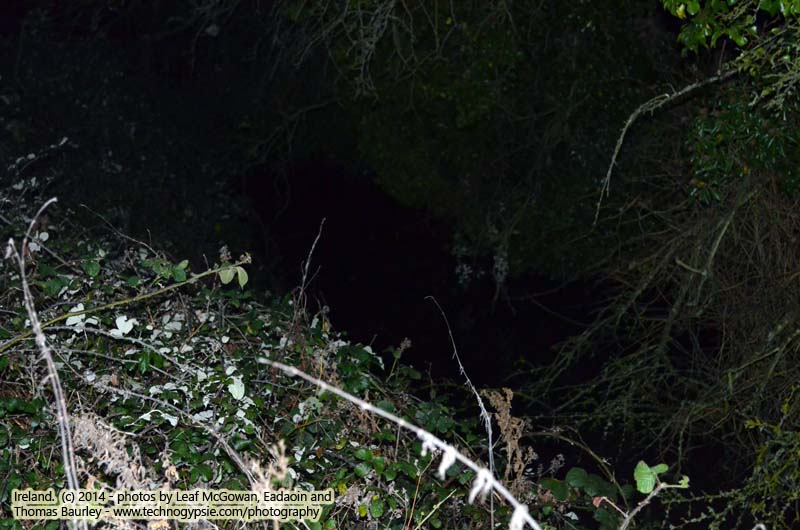


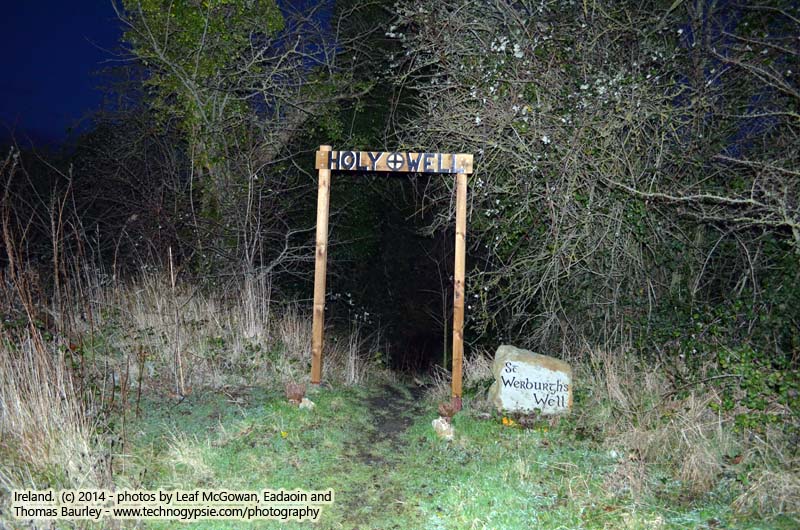
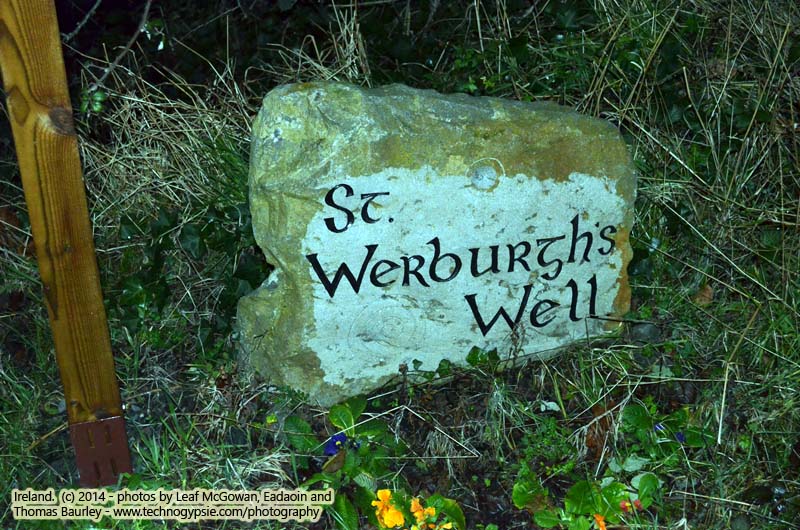


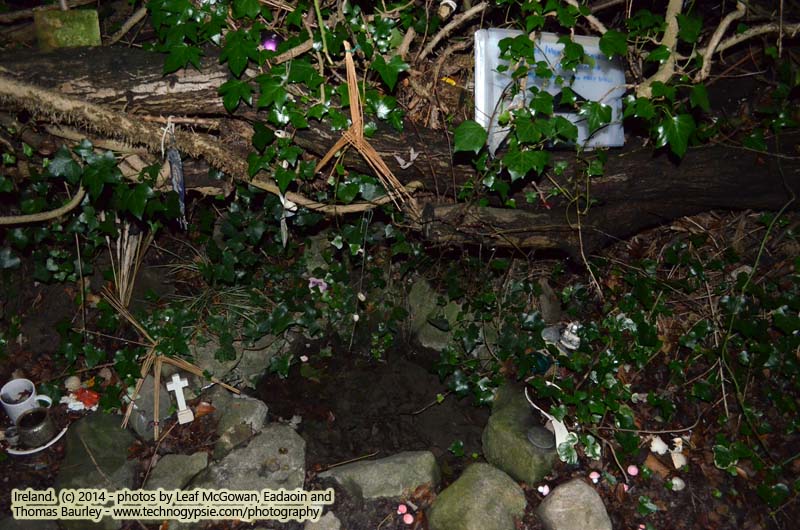



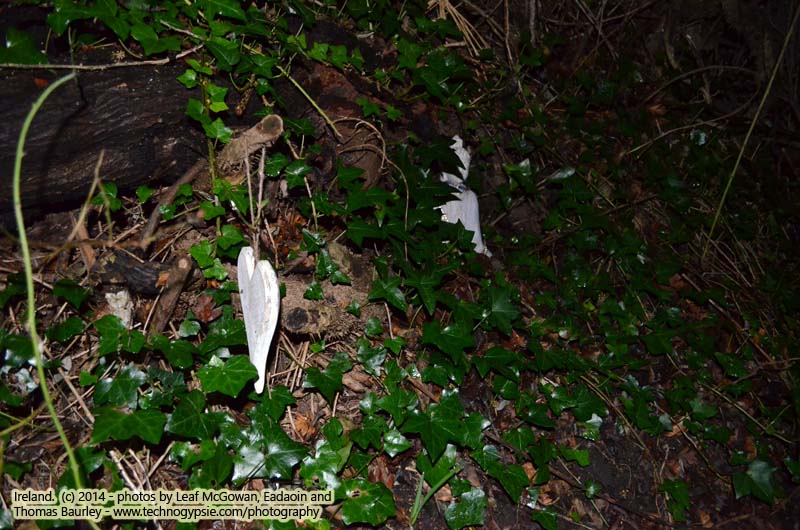
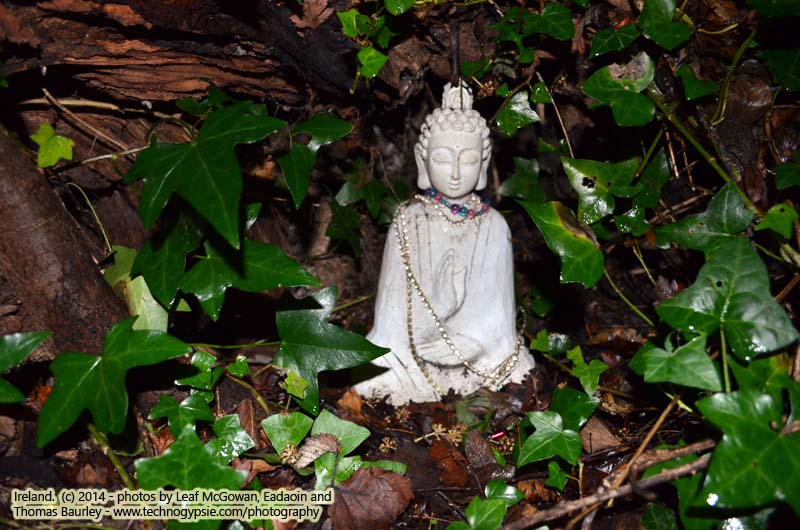

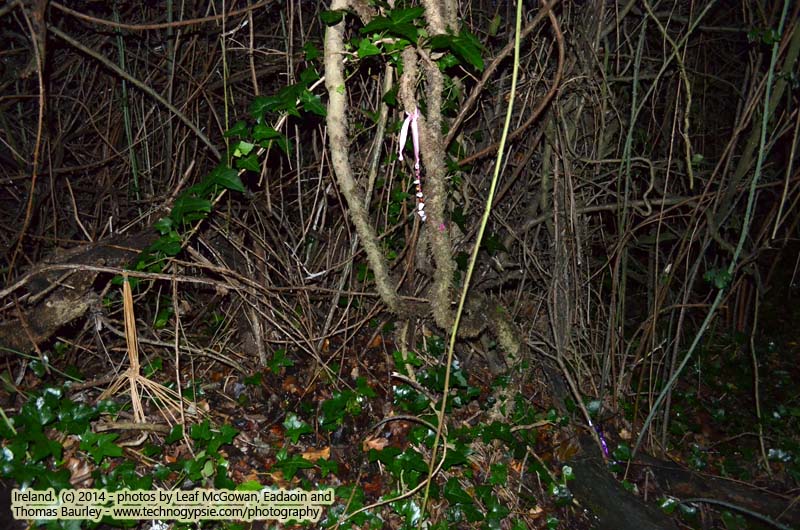
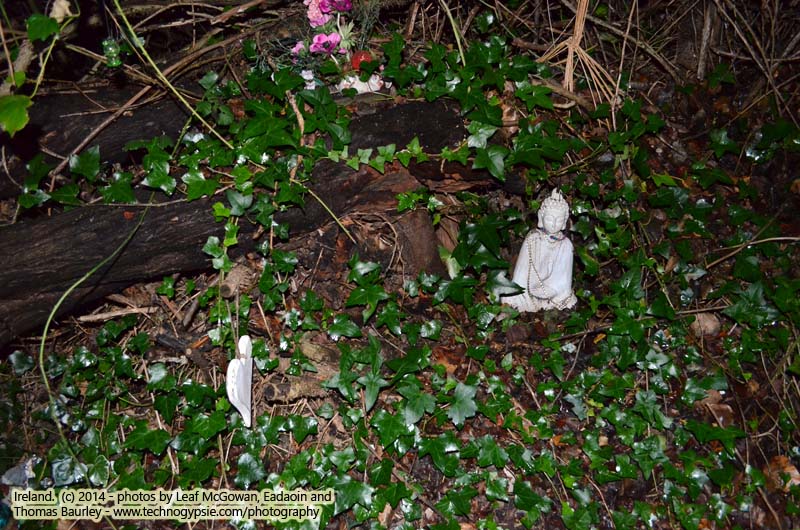
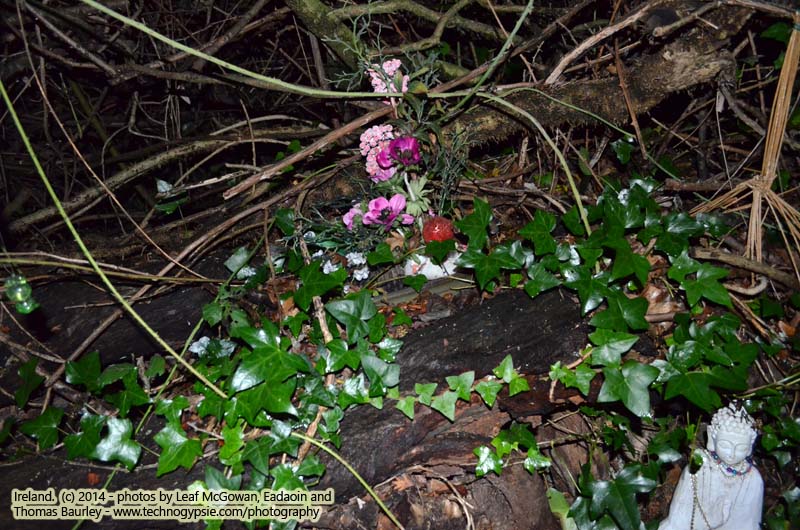
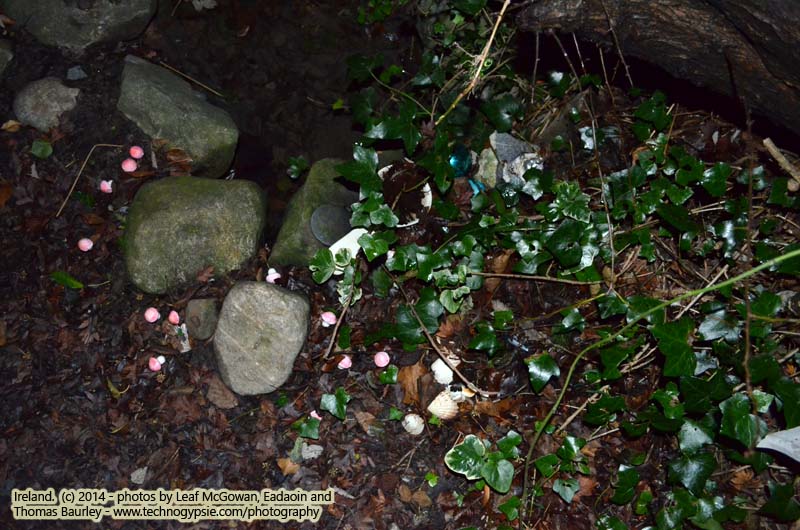



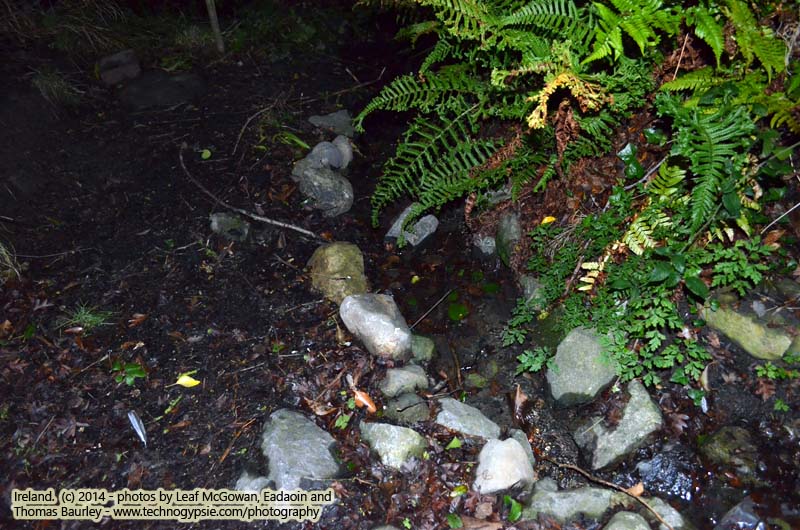
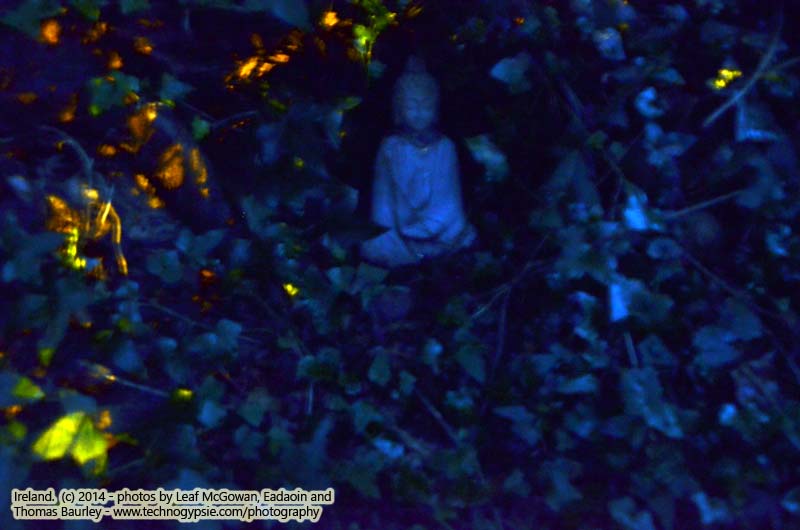
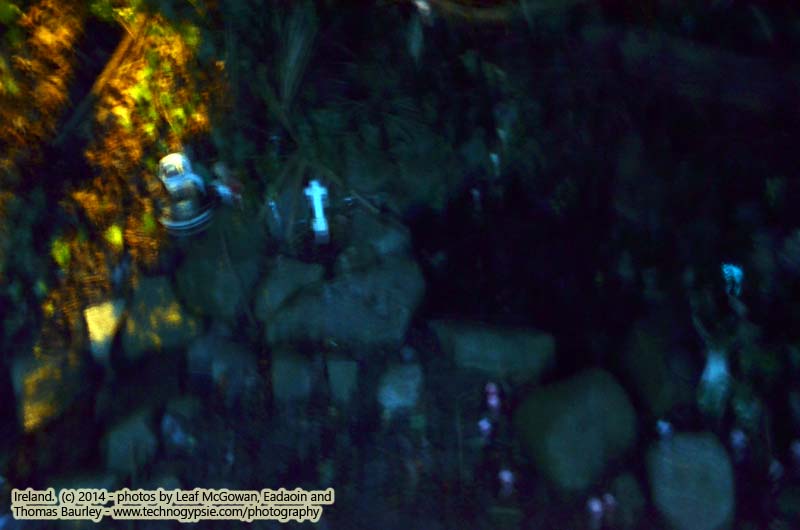


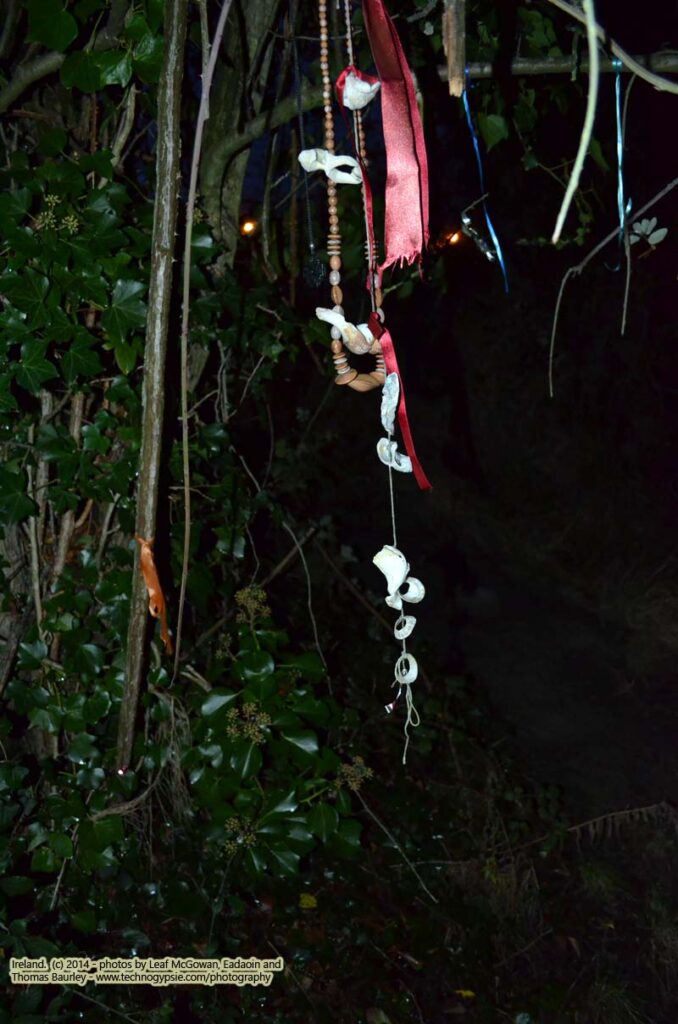
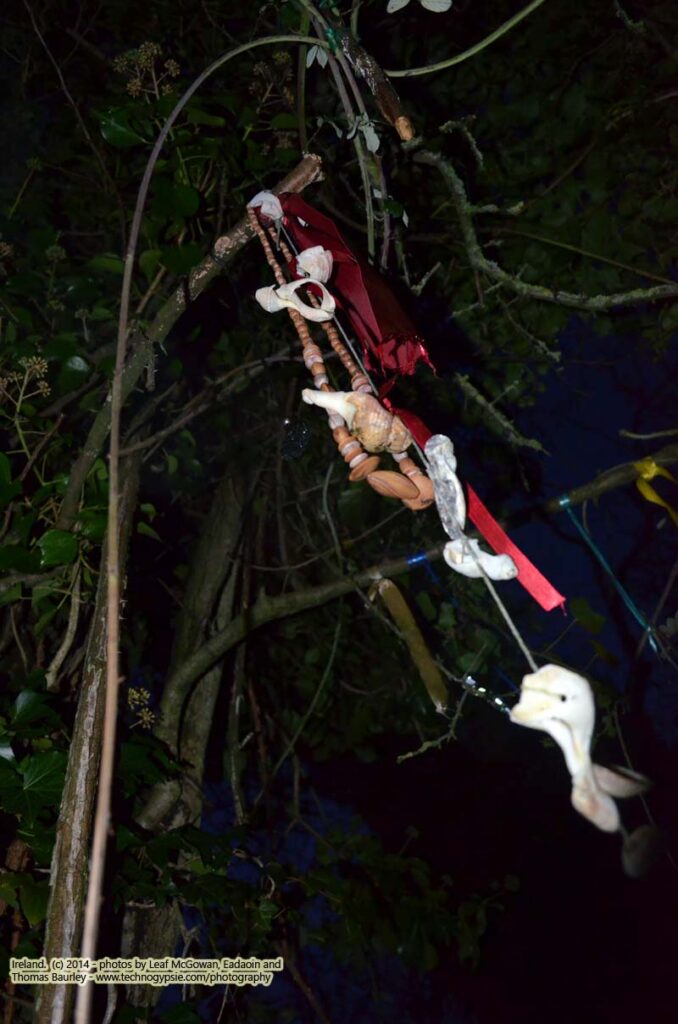
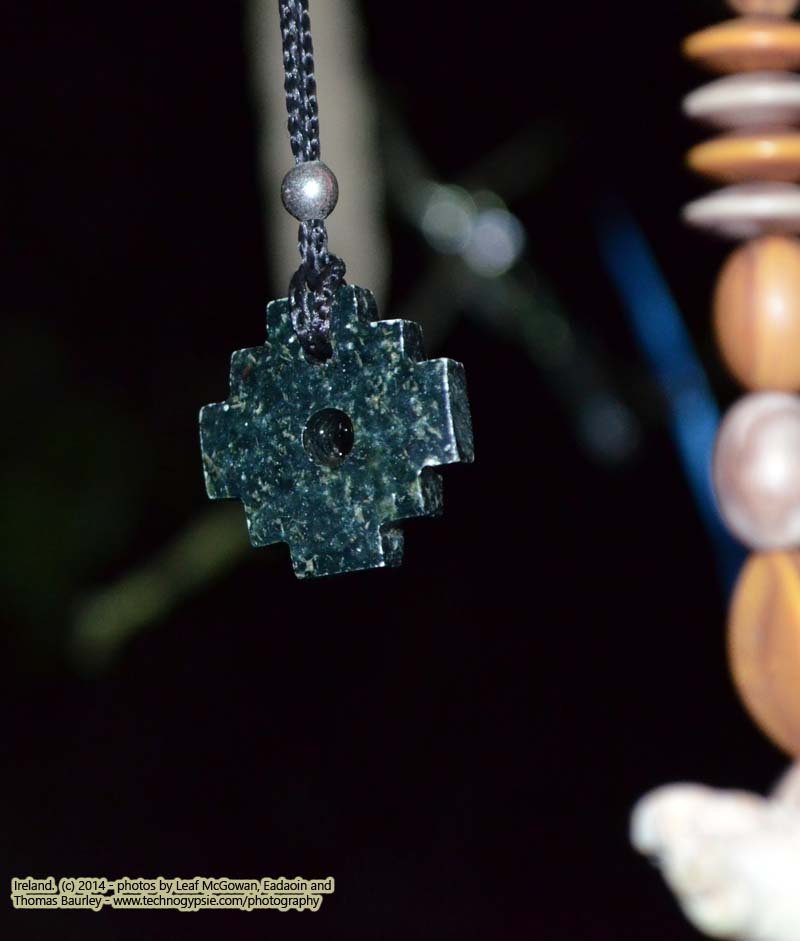
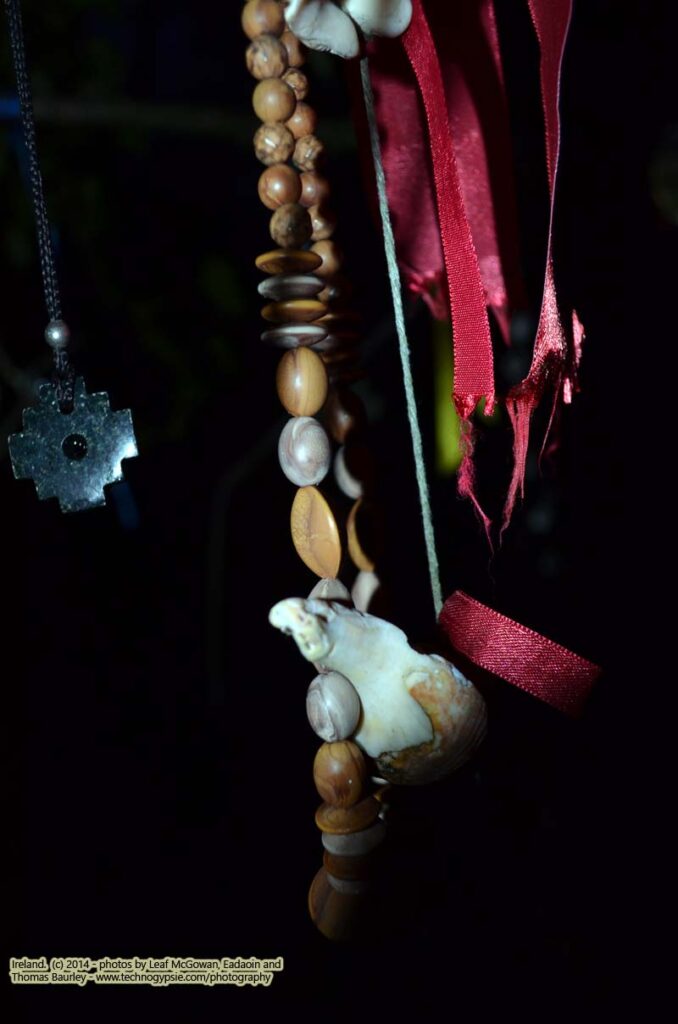

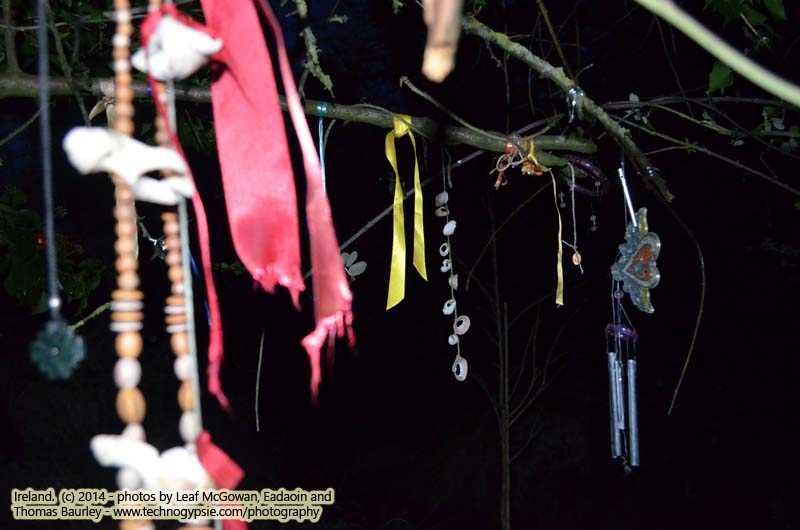

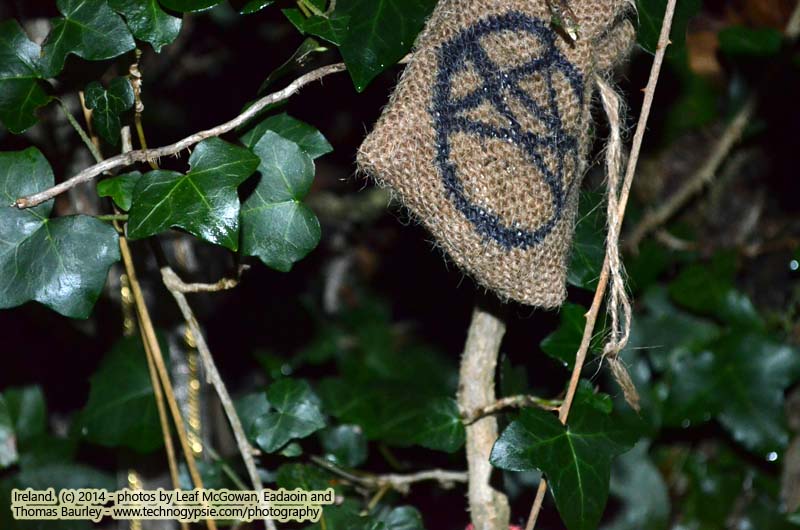
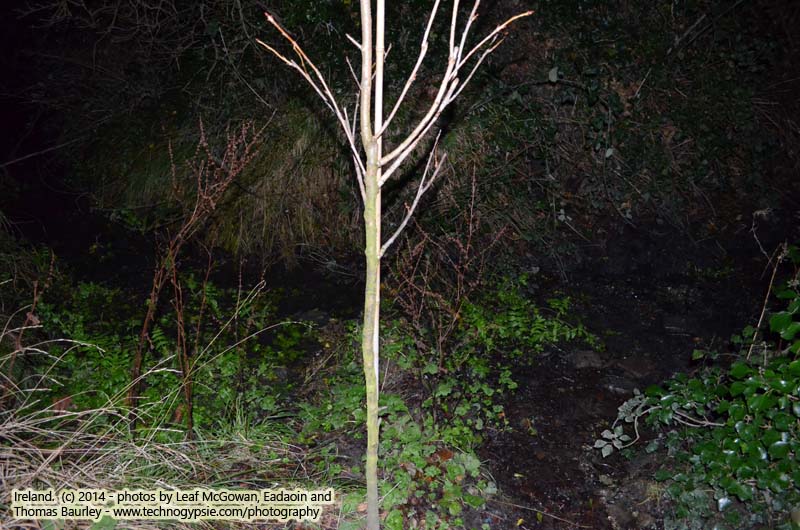
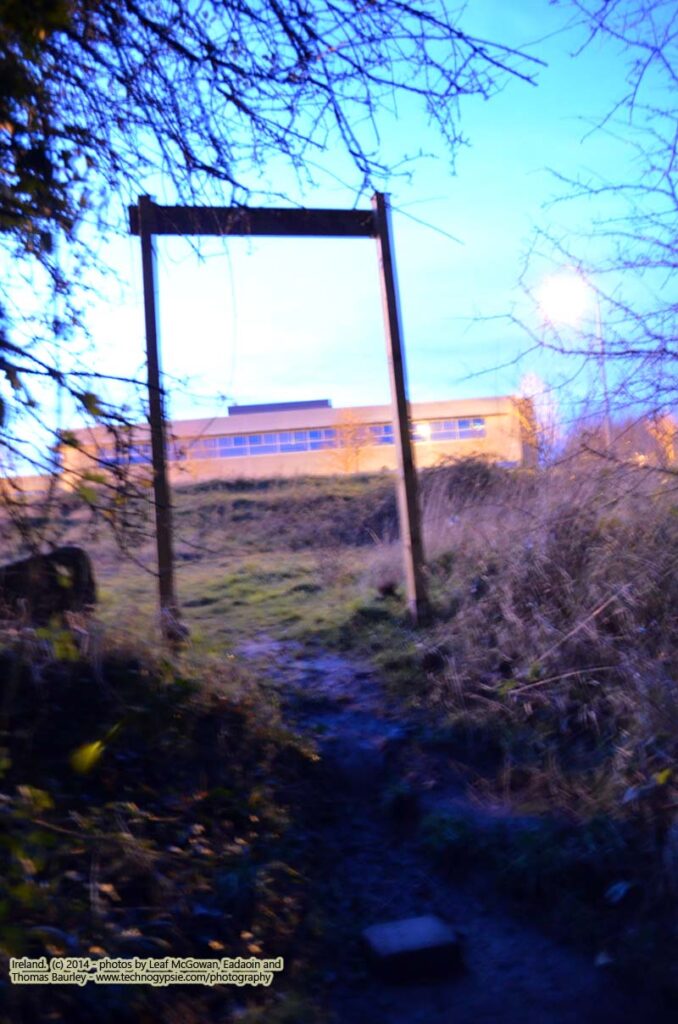
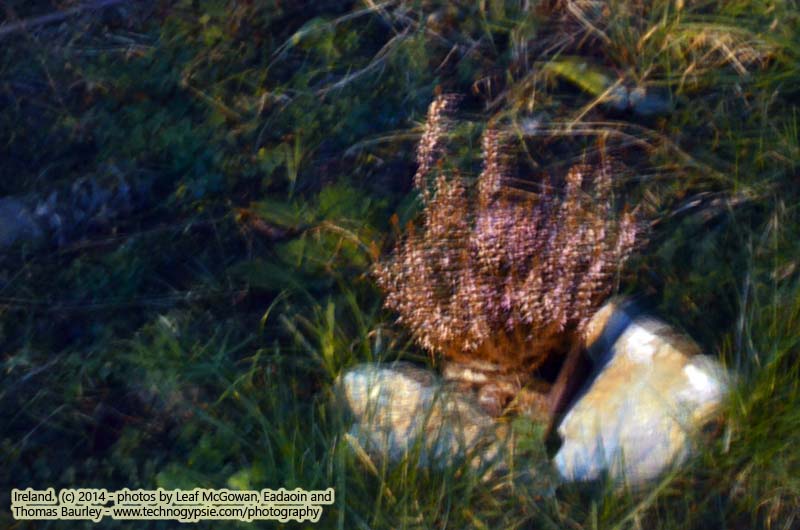

Discover more from The Naiads Well
Subscribe to get the latest posts sent to your email.
